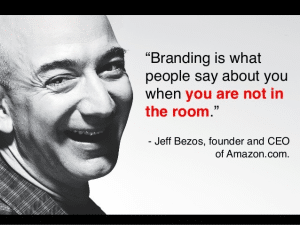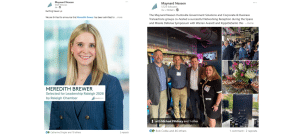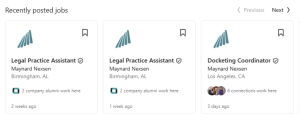We have all heard the old adage, if you fail to prepare, you are preparing to fail.
Businesses without a strategic plan rely on chance for a good outcome. I think we all agree that’s risky business.
When planning for the future, don’t fail to include a strategy for handling a public relations crisis. Crises by their very nature are hard to predict. But when they happen, it is easy to get caught up in the chaos of the moment. If not handled properly, it can have a devastating impact on your organization’s reputation.
That doesn’t have to be the case.
You can prepare a strategy that sets your business up for success.
Here are five key tips to help your organization prepare before you are faced with a public relations crisis.
Identify a messenger and a message
Who speaks for you in the event of a crisis and what is your topline message to project a sense of control?
Prepare messages ahead of time for possible scenarios. Knowing this in advance allows you to respond immediately. You won’t have all the answers as the situation unfolds but having a spokesperson say what they can in real time gives reassurance that you are responsive and addressing the situation at hand.
Plan your notification strategy
How will you share information with employees and other stakeholders?
They should be the first to know before details are shared with the public. The exception to this rule is if the public’s safety is in danger. In that case, notify the media immediately to warn the public.
Get the facts straight
What information can you know with certainty as the situation develops?
Identifying the facts allows you to speak with clarity and honesty. Never lie or say no comment. If you don’t know the answer, it is okay to say that you will give more information when you know it but be sure to follow up when you have the details. Honesty builds trust with the public and stakeholders that you will be forthcoming with them even when the news is bad.
Be sincere
How you deliver the message matters.
Express concern for your organization’s role in the crisis and those impacted by it. Provide details when available about how the crisis will be fixed and what steps you are taking to prevent it from occurring again.
Monitor and adjust
Make sure to monitor the media coverage of the situation. Clarify inaccuracies. In a crisis, things happen quickly and often the rapid reporting leads to mistakes. If your message gets muddle in the madness, adjust. You may need to simplify the language you are using. Be clear, be concise, and be consistent.
A crisis doesn’t have to become an organizational failure. Planning ahead gives you the peace of mind that if one comes your way you can act quickly and calm the rising storm. Your response provides an opportunity to show strength and resilience if you prepare in advance and follow the plan.
NP Strategy can help
In a crisis, preparation makes all the difference.
At NP Strategy, our crisis experts work with clients to craft proactive, tailored crisis plans that define roles, streamline communication, and anticipate challenges before they arise.
With our strategic insight and planning expertise, you’ll be ready to respond quickly and protect your reputation, no matter the situation. Contact us today to learn more about crisis management.




